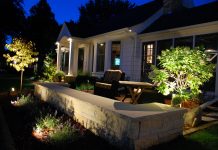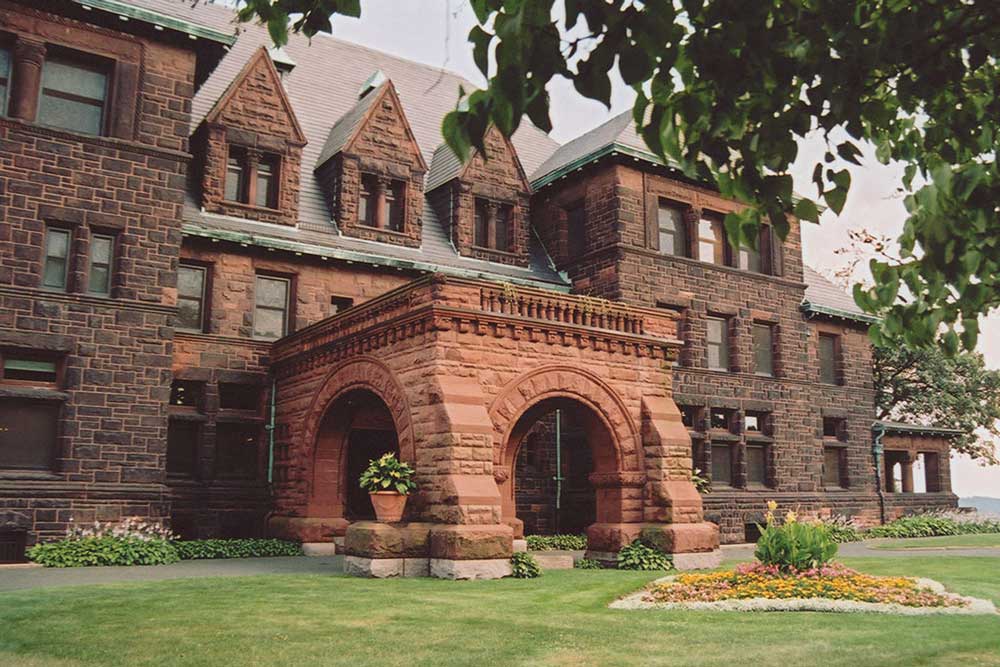
The metro’s residential icons include former homes—now museums, restaurants, and clubs—that are open to the public. Our picks for 10 famous Twin Cities homes to tour:
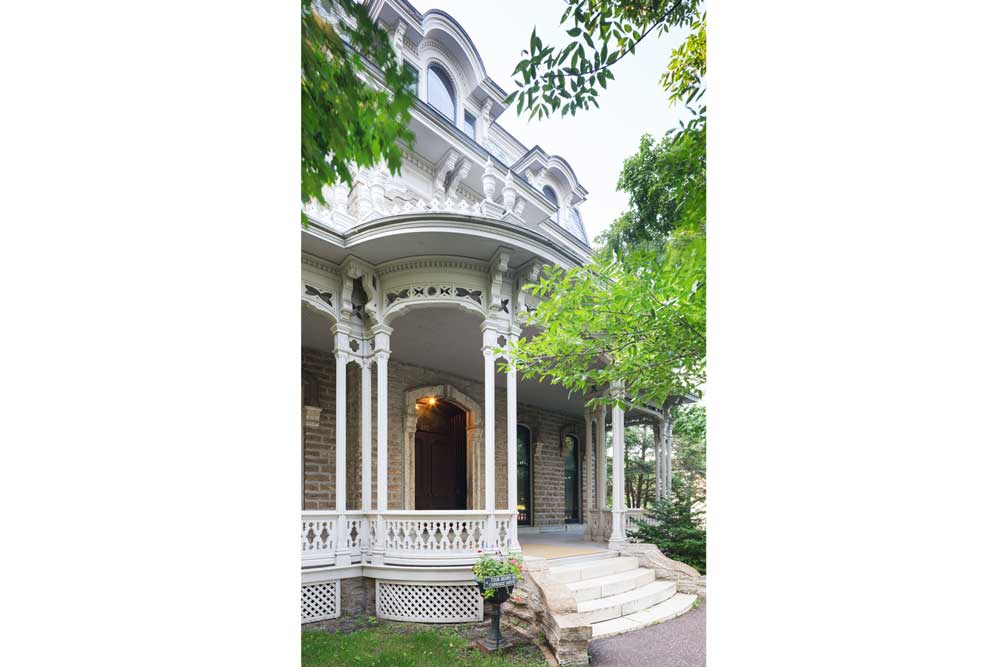
Alexander Ramsey House. Photo by Landmark Photography
Alexander Ramsey House. Explore a Victorian-era home filled with the original possessions and furnishings of the family of Minnesota’s first territorial governor. 265 Exchange St. S., St. Paul, sites.mnhs.org

American Swedish Institute. Photo by Morgan Sheff Photography
Swan J. Turnblad Mansion/American Swedish Institute. Turnblad, a Swedish immigrant and newspaper publisher, began building the “Castle” in 1903. He and his family lived in the $1.5 million mansion (an outrageous amount at the time) for less than 10 years, donating it in 1929 to the organization that came to be known as the American Swedish Institute. Behold the turrets, catwalks, spires, and gables modeled after European castles as well as the intricately carved and embellished interiors that make it one of the more unique famous Twin Cities homes. 2600 Park Ave., Minneapolis, asimn.org
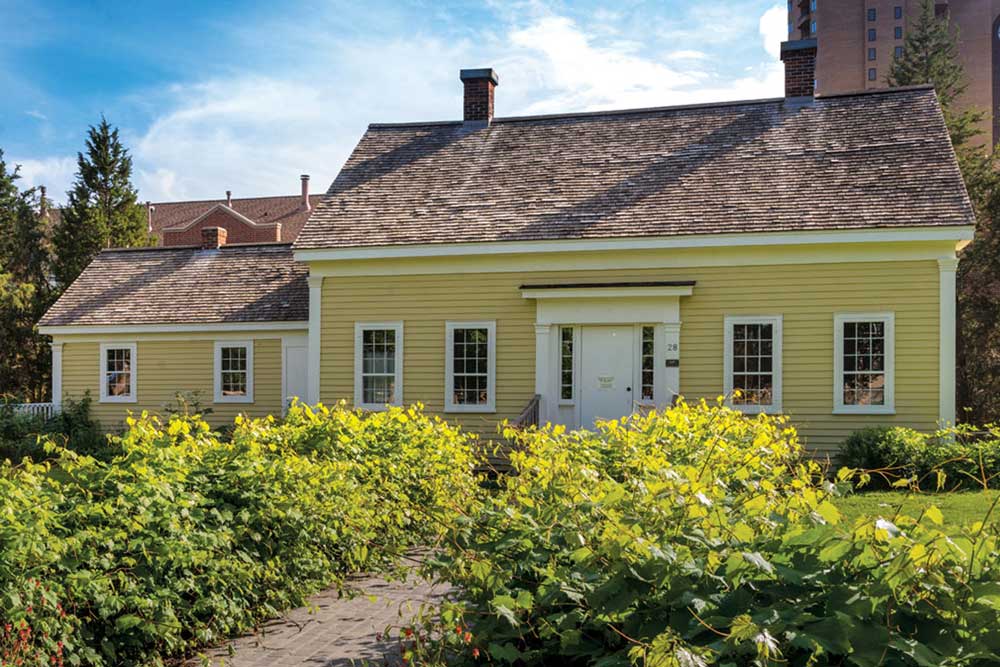
Ard Godfrey House. Photo Courtesy of Minneapolis Parks & Recreation Board
Ard Godfrey House. Godfrey, a millwright from Maine built this house in 1848 from the first lumber sawed at the first sawmill at the Falls of St. Anthony. The one-and-a-half story Greek Revival cottage has been moved several times, and today is a museum operated by The Woman’s Club of Minneapolis. 50 University Ave. NE, Minneapolis. womansclub.org
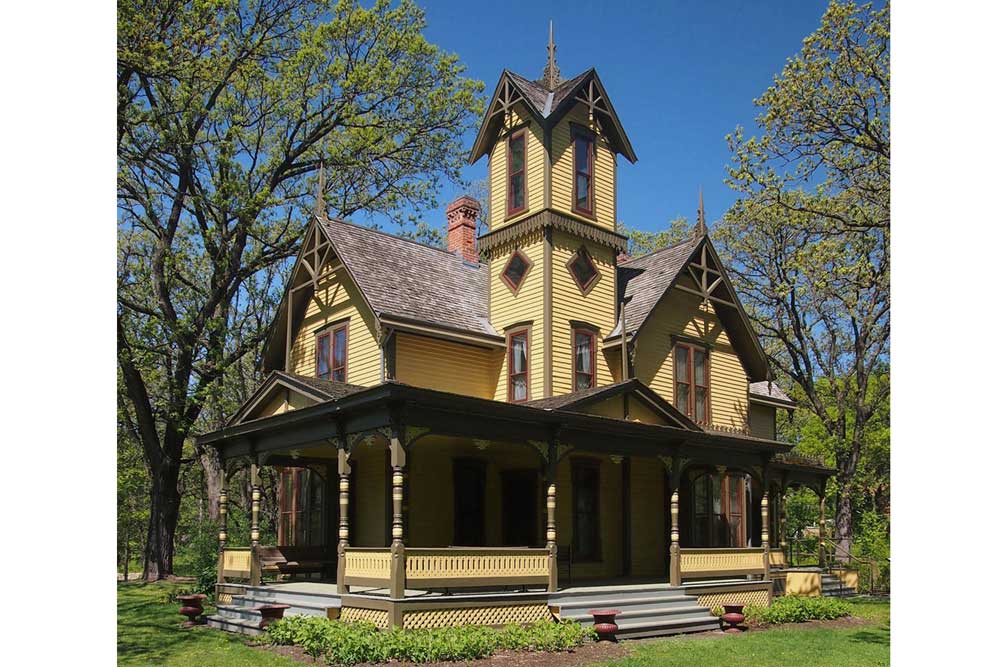
Burwell House. Photo by McGhiever/Wikimedia
Burwell House. Built in 1883 by Charles Henry Burwell, manager of the Minnetonka Mills Company, this Italian villa-style house is near Minnehaha Creek in Minnetonka. Now operated by the city and the Minnetonka Historical Society, it is open to the public during a number of special events. 13209 E. McGinty Road, Minnetonka, eminnetonka.com

Joseph Forepaugh House. Photo by Todd Buchanan
Joseph Forepaugh House. Built in 1870 by a St. Paul pioneer and dry goods tycoon, this fully restored Victorian mansion is now the elegant Forepaugh’s Restaurant—renowned for its atmosphere and its ghost sightings. 276 So. Exchange St., St. Paul, 651-224-5607, forepaughs.com

Governor’s Residence. Photo by Karen Melvin
Governor’s Residence. Built in 1910-11, the 20-room mansion was donated to the state in 1965 by the daughters of the original owners, Horace Hills Irvine and Clothilde McCullough Irvine. It serves as the official ceremonial building for the governor. The first floor and lower level are open for tours periodically. 1006 Summit Ave., St. Paul, mn.gov

James J. Hill House. Photo Courtesy of MN Historical Society
James J. Hill House. One of the more famous Twin Cities homes, the Richardsonian Romaneque-style mansion, completed in 1891, was the home of Gilded Age railroad tycoon James J. Hill and family for 30 years. The house is part of the Minnesota Historical Society’s network of historic sites and museums and is a National Historic Landmark. Guided tours of the four floors and art gallery are available. 240 Summit Avenue, St. Paul, sites.mnhs.org

Longfellow House. Courtesy of Minneapolis Park & Recreation Board
Longfellow House. The former site of the Longfellow Gardens Botanical and Zoological Park, built by Robert “Fish” Jones in 1907, is a two-thirds size replica of Henry Wadsworth Longfellow’s home in Cambridge, Mass. The house has been moved and repurposed a number of times and it is now a hospitality center for the Grand Rounds Scenic Byway. 4800 S. Minnehaha Park Dr., Minneapolis, minneapolisparks.org
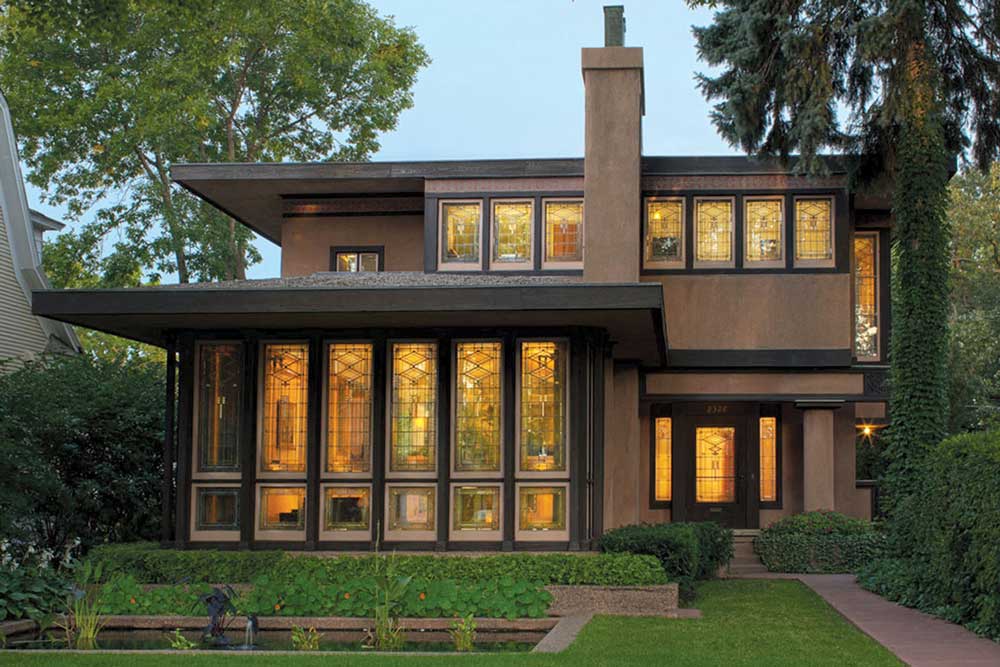
Purcell-Cutts House. Photo Courtesy of Minneapolis Institute of Arts
Purcell-Cutts House. Architects William Gray Purcell and George Grant Elmslie built this masterpiece of Prairie-Style design in 1913. The two-story, open-plan house features art glass in every window, as well as custom-designed and built-in furnishings. Bequeathed to Mia in 1985, it is open for tours periodically. 2328 Lake Place, Minneapolis, collections.artsmia.org
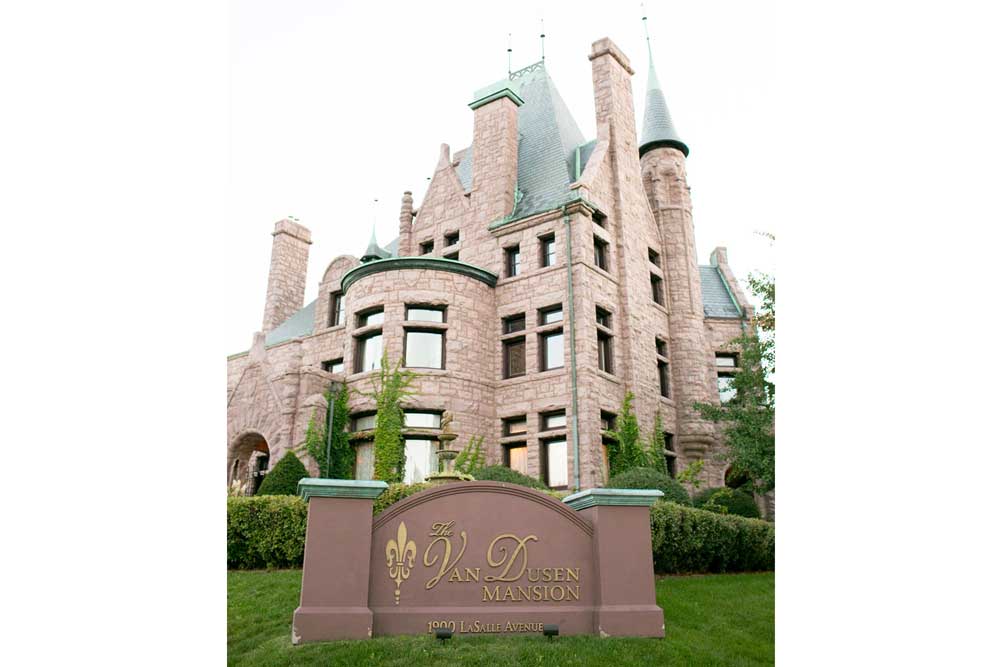
Van Dusen Mansion. Photo by Bellagala
Van Dusen Mansion. Now an event venue, this mansion was built in 1892 for George Washington Van Dusen and his wife, Nancy. Beginning in the 1940s, it was used by a number of commercial enterprises, then narrowly escaped demolition in the mid-1990s. After a three-year restoration project, the mansion regained its original splendor and place among famous Twin Cities homes, and was placed on the National Register of Historic Places. 1900 LaSalle Ave, Minneapolis, thevandusenmansion.com

















